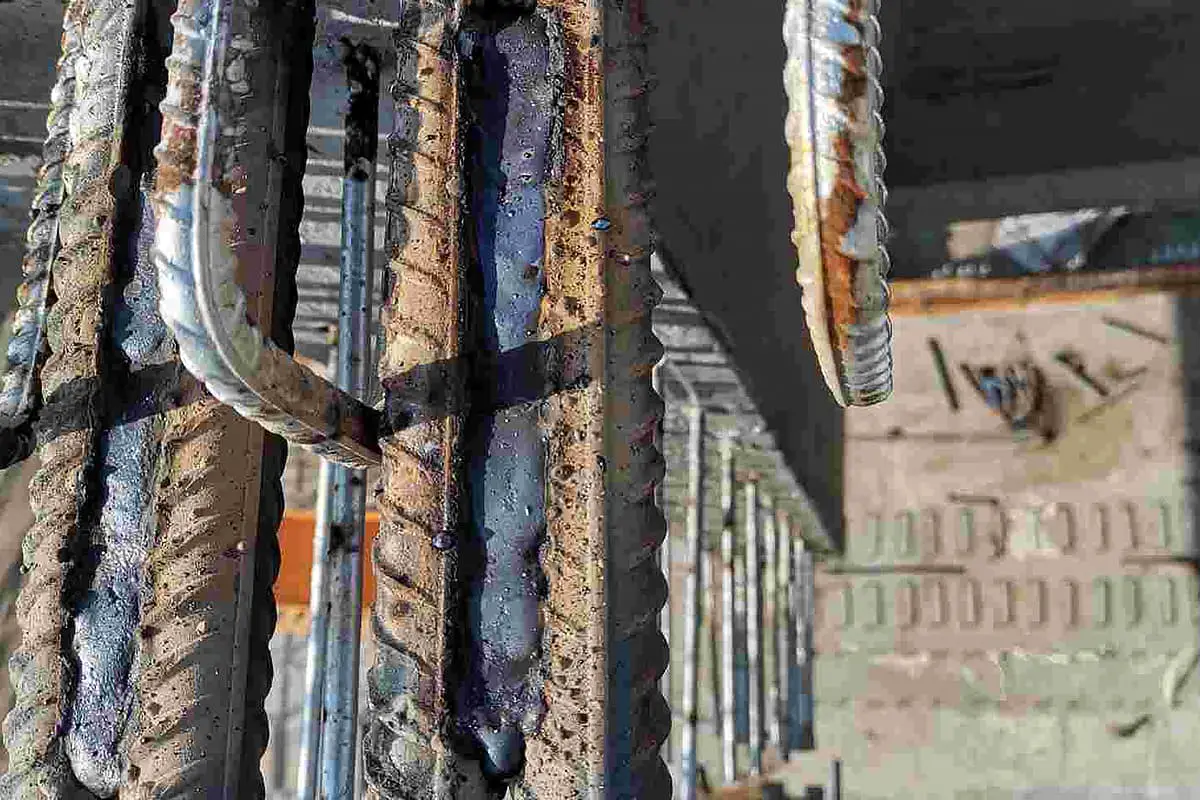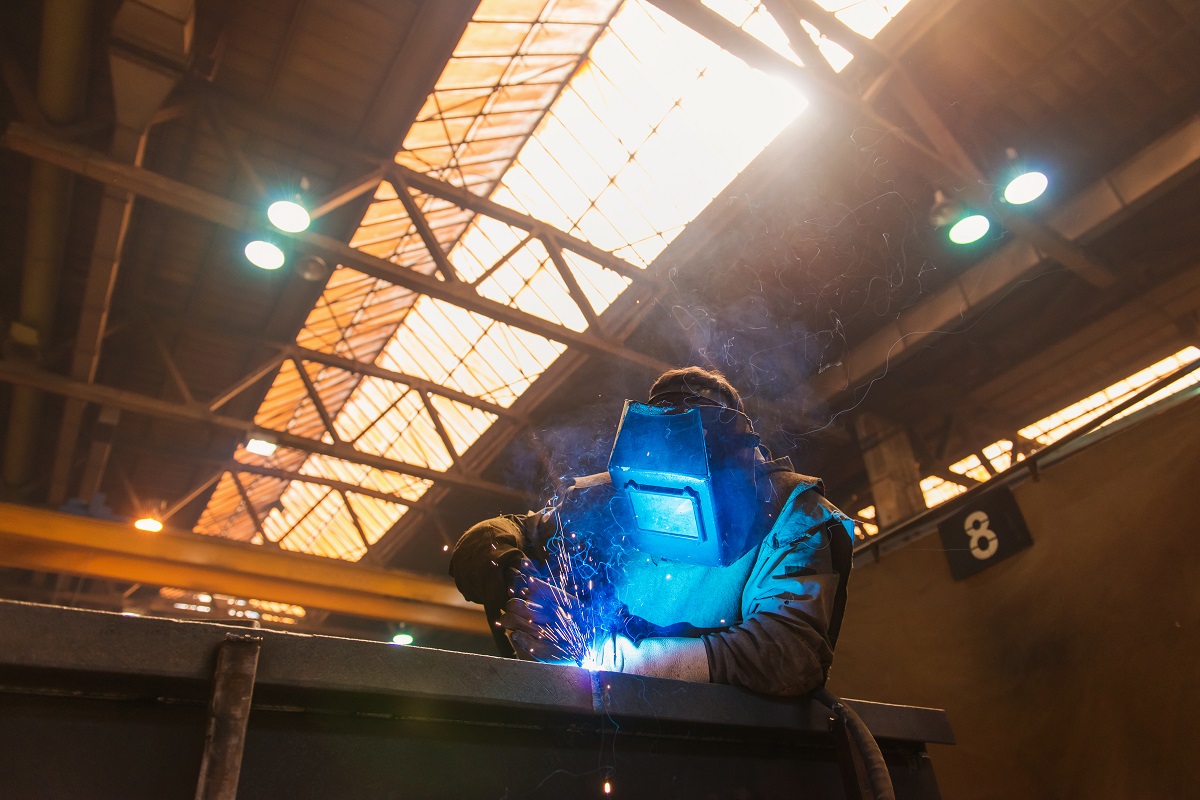Mastering the Art of Welding: Just How to Avoid Undercut Welding Issues for Flawless Construction Outcomes
Efficiency and precision are extremely important on the planet of welding, where also the least imperfection can jeopardize the architectural integrity of a produced item. One usual challenge that welders face is undercutting, an issue that can weaken a weld joint and lead to expensive rework. By recognizing the origin of undercut welding and carrying out reliable strategies to stop it, welders can raise their craft to brand-new degrees of quality (Preventing weld undercut). In the search of flawless fabrication results, grasping the art of welding to prevent undercut concerns is not simply an ability yet a need for those striving for perfection in their work.
Recognizing Undercut Welding

To prevent undercut welding, welders ought to guarantee correct welding parameters, such as changing the existing, voltage, travel rate, and preserving the appropriate electrode angle. Furthermore, utilizing the proper welding method for the specific joint arrangement is crucial. Using weaving movements or backstepping methods can help guarantee correct weld metal deposition and lower the possibility of undercut development. Regular assessment of welds throughout and after the welding procedure is likewise vital to capture any kind of undercut early and make essential modifications to prevent further defects. Preventing weld undercut. By understanding the sources of undercut welding and implementing safety nets, welders can achieve premium, structurally audio welds.
Causes of Undercut in Welding
Comprehending the factors that add to damage in welding is crucial for welders to produce high-quality, structurally sound welds. When the weld metal does not correctly load the groove formed in between the base metal and the previously transferred weld steel, undercutting takes place. Numerous variables can lead to damage in welding. One common reason is excessive warmth input. Welding at high temperatures for prolonged periods can lead to the base steel melting greater than preferred, causing undercut. Inadequate welding incorrect or existing welding rate can likewise add to damage. Inadequate current may not offer sufficient warm to thaw the base and filler steels properly, while excessive rate can protect against correct fusion, triggering undercut. In addition, incorrect electrode angles or inaccurate torch control strategies can produce areas of low weld steel deposition, promoting undercut. Comprehending these causes and implementing correct welding strategies can aid prevent damaging issues, guaranteeing sturdy and solid welds.
Methods to avoid Undercutting

To reduce the danger of damaging in welding, welders can use calculated welding methods targeted at enhancing the high quality and honesty of the weld joints. One efficient approach is to adjust the welding specifications, such as voltage, current, and travel rate, to make sure correct warm input and deposition. Preserving an ideal electrode angle and making sure constant travel rate can also help prevent undercut. Additionally, utilizing the correct welding method for the specific joint setup, such as weave or stringer grains, can contribute to decreasing undercutting. Preventing weld undercut.
Furthermore, correct joint preparation, including ensuring clean base products devoid of impurities and utilizing the proper welding consumables, is vital in stopping undercut defects. Employing back-step welding strategies and managing the weld bead profile can also Go Here assist distribute warmth evenly and lessen the risk of undercut. Normal examination of the weld joint during and after welding, as well as executing top quality guarantee measures, can assist in finding and dealing with undercutting problems quickly. By carrying out these methods faithfully, welders can accomplish remarkable fabrication results with very little undercut issues.
Significance of Correct Welding Parameters
Choosing and preserving proper welding specifications is necessary for achieving successful welds with very little flaws. Welding parameters refer to variables such as voltage, present, travel rate, electrode angle, and securing gas More hints circulation price that directly affect the welding process. These parameters have to be very carefully changed based upon the sort of material being bonded, its density, and the welding method employed.
Appropriate welding specifications guarantee the correct amount of warm is applied to melt the base steels and filler material evenly. If the criteria are set as well high, it can result in too much heat input, causing distortion, burn-through, or spatter. On the various other hand, if the criteria are as well reduced, insufficient combination, lack of penetration, or undercutting might take place.
Quality Control in Welding Procedures

Conclusion
Finally, understanding the art of welding requires a complete understanding of undercut welding, its causes, and methods to avoid it. By ensuring appropriate welding parameters and why not look here executing high quality assurance techniques, perfect construction outcomes can be achieved. It is crucial for welders to constantly pursue quality in their welding operations to prevent undercut problems and create high-quality welds.
Undercut welding, an usual flaw in welding procedures, happens when the weld metal does not properly fill up the groove and leaves a groove or depression along the welded joint.To stop undercut welding, welders need to make certain appropriate welding specifications, such as readjusting the current, voltage, traveling rate, and preserving the correct electrode angle. Poor welding current or inaccurate welding speed can additionally contribute to undercut.To reduce the threat of undercutting in welding, welders can employ calculated welding techniques aimed at enhancing the quality and stability of the weld joints.In conclusion, grasping the art of welding calls for a detailed understanding of undercut welding, its causes, and methods to prevent it.